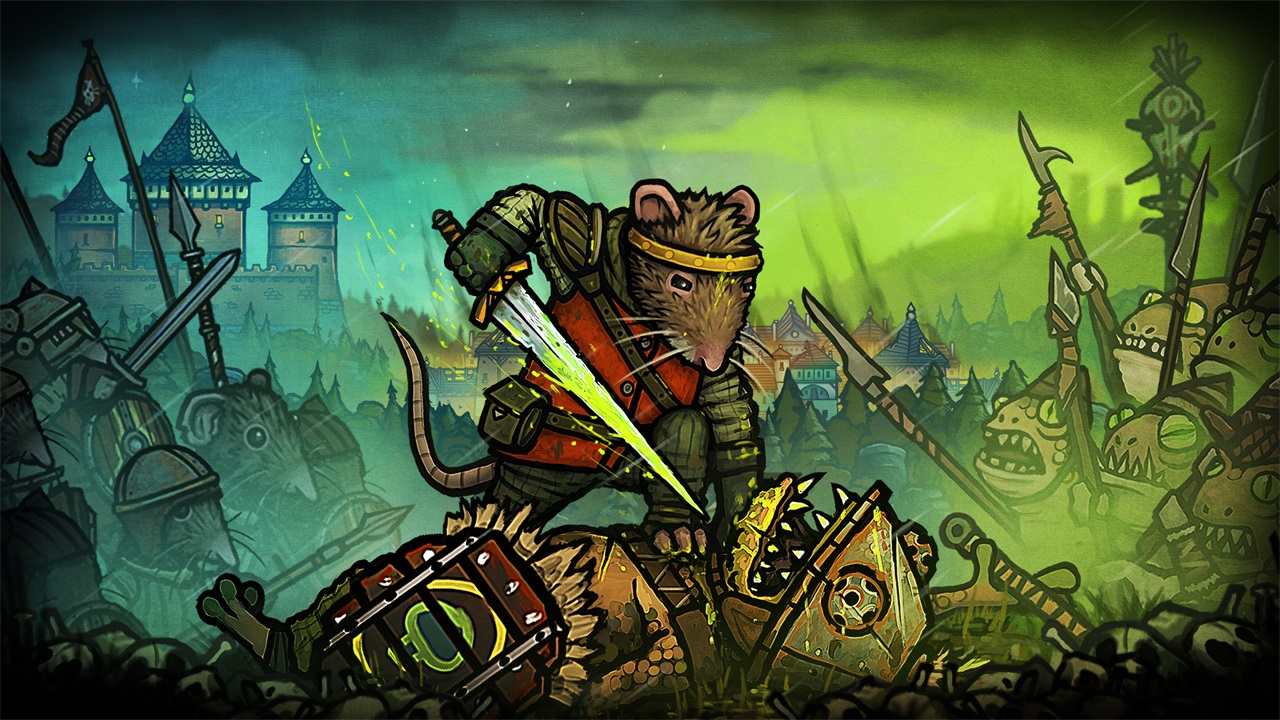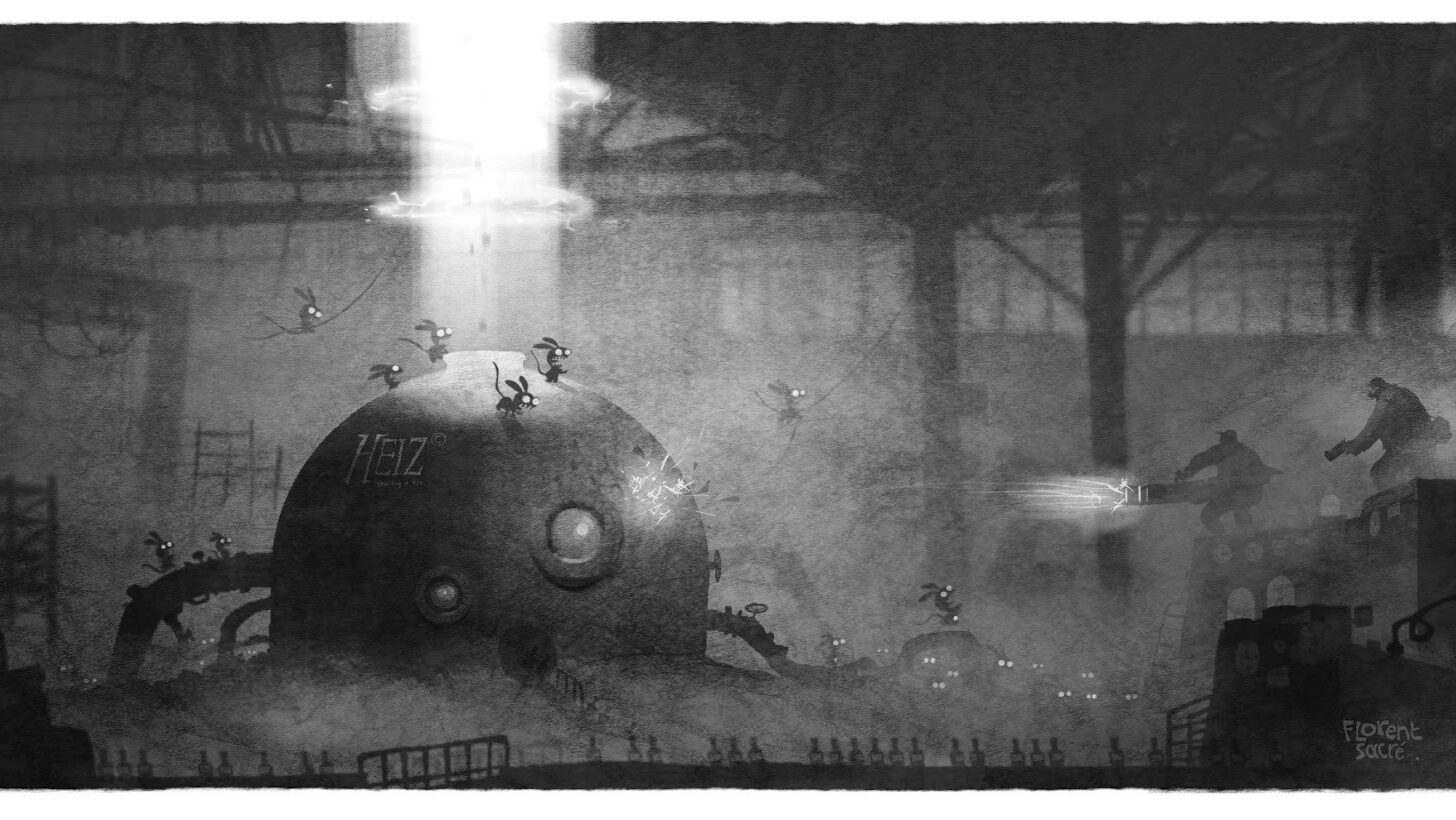Share
If you were a kid in the 90s, there is a high possibility that you encountered Yu-Gi-Oh! in some shape or form. Whether it was the anime, trading card game, or one of the many video games that would be brought to the United States, Yu-Gi-Oh!, along with Magic: The Gathering and Pokémon, had established itself as one of trading card gaming’s giants and would go to inspire similar games for generations.
Fast forward to the present: digital card games are more popular than ever, and newer IPs like Legends of Runeterra and Shadowverse have already made moves in this market following the major success of Hearthstone. However, it stands to reason that these games would not have been possible without games like Yu-Gi-Oh! The Duelists of the Roses – a game that took the traditional framework of card games like Yu-Gi-Oh! and transformed them for a digital age.
Forget what you know
It’s easy to dismiss the Yu-Gi-Oh! franchise as a nostalgic gag, what with its parodies, dub, and general ludicrousness, but when you look at the games – and there are many – the gameplay mechanics found within can be seen as the progenitor to several other titles we have today.
In Duelists of the Roses, the player is cast as the titular Duelist, a mythical combatant from our modern era flung into the calamity of 15th century England. Landing in the middle of Stonehenge and being confronted by a blue-skinned wizard named Simon, our player is told that they are the key to ending the War of the Roses. The player is then given the choice of siding with Yugi Muto or Seto Kaiba, who themselves are cast as themselves as Henry Tudor and Christian Rosenkruz, respectively.

It’s a dramatic premise that follows a grand campaign across Europe, fought not with armies and siege weapons but with monsters and spells and traps drawn from the trading card game’s vast collection on a 7×7 grid. Everything about this game, from deck leaders to the role-playing elements to the dynamic story, completely changed the way that card games were perceived. It revealed that card games could succeed outside of the tabletop game, your imagination, and what cards you actually owned. Duelists of the Roses gave players access to cards that otherwise were cost-prohibitive in actuality, tactics that did not exist in the physical game, and enough of a challenge that made you truly feel like you were the fabled Duelist. Keep in mind that this was the first Yu-Gi-Oh! game to feature 3D battlefields, attack animations for every creature in the game, and sound design that made you feel like you were experiencing the show in a completely new way. It was nothing short of revolutionary at the time.

From the past to the future
At the game’s conclusion, the player is sent back to their current time with the experiences gained from helping put an end to the war. Similarly, the concepts and ideas found in Duelists have helped to inspire digital card games by serving as an example from the past that inspires the future.
Take Hearthstone’s heroes, for example. Each character is designed to offer a unique gameplay experience and serve as a visual representation of not only what kind of cards you could expect to use, but also of what strategies and gameplay will be central to that character. In Duelists of the Roses, players are given a Deck Leader, which functions much in the same way. The more you play with a Deck Leader, the higher its rank becomes, and the more rewards you would gain for using it.

Consider card crafting, a gameplay function found in most digital card games that let players break down cards they don’t need to create cards they do need. In Duelists of the Roses, players had access to “card reincarnation”, a tool that would allow players to break down a single card into three new ones. If you reincarnated a card with a higher value/rarity, you would receive better cards in return. Sound familiar?
This is just the tip of the iceberg when it comes to comparing mechanics and ideas found in Duelists with modern card games and, while it would be irresponsible to say that Duelists alone was responsible for the digital card games we have today, it’s impossible to deny the similarities and comparisons that can be found.




